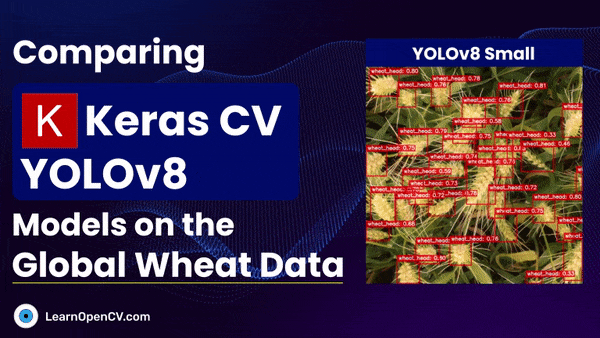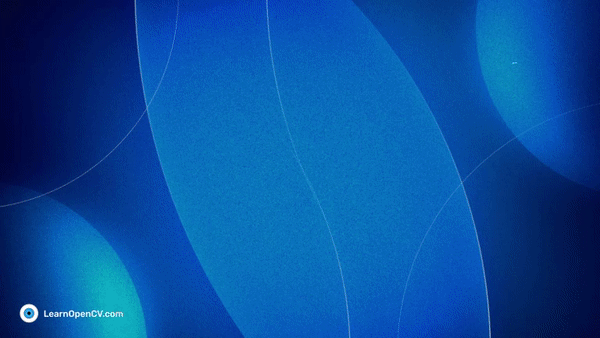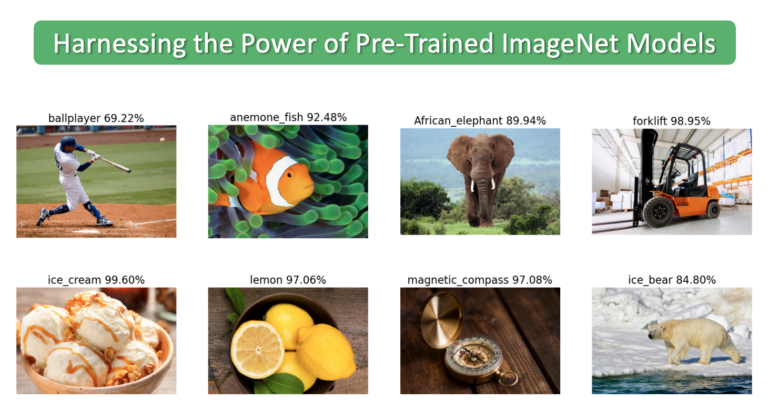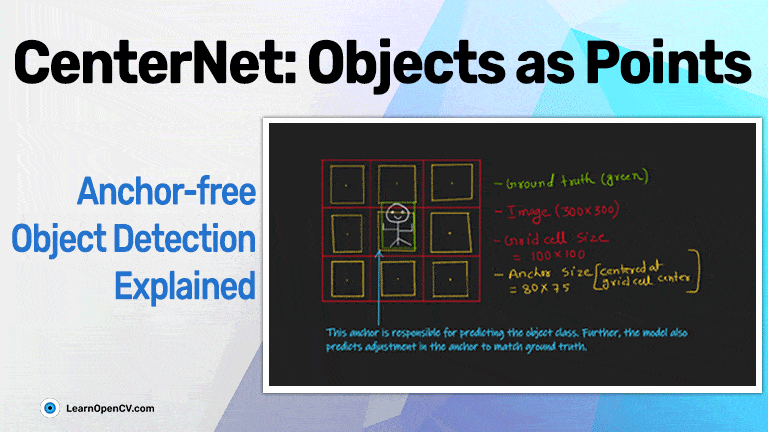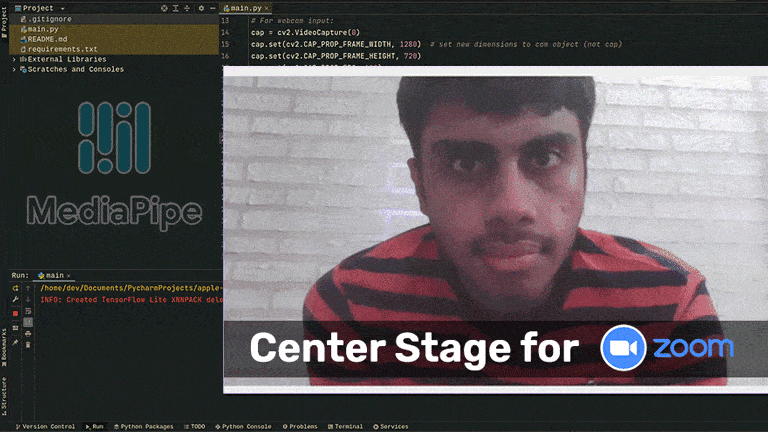Tensorflow
This article is a continuation of our series of articles on KerasCV. The previous article discussed fine-tuning the popular DeeplabV3+ model for semantic segmentation. In this article, we will shift
Fine-tuning DeepLabv3+ from KerasCV for Semantic Segmenation
In this article, we train the KerasCV YOLOv8 Large model on a traffic light detection dataset.
This article explores the process of image segmentation using Tensorflow Hub. These images have been pre-trained on large semantic segmentation datasets.
In this article, we use ImageNet pre-trained CNN models for image classification tasks.
This article discusses the working of Convolutional Neural Networks on depth for image classification along with diving deeper into the detailed operations of CNN.
In this post, we’ll learn how to implement a Convolutional Neural Network (CNN) from scratch using Keras. Here, we show a CNN architecture similar to the structure of VGG-16 but
Before studying deep neural networks, we will cover the fundamental components of a simple (linear) neural network. We’ll begin with the topic of linear regression. Since linear regression can be
t-SNE (t-Distributed Stochastic Neighbor Embedding) is a dimensionality reduction techniques used to vizualize data. Continue reading to know more.
CenterNet: Object as Points is one of the milestones in the anchor-free (anchorless) object detection algorithm. Anchor-free object detection is more generalizable in other computer vision tasks, e.g., pose estimation,
Center Stage uses wide angle camera and custom object detection to track the person in the frame and make necessary adjustments with change in distance from the camera. In this
In this post, we will use MediaPipe to track hand gestures and convert them to appropriate actions like zooming in, blurring the background, and switching the camera on or off.

